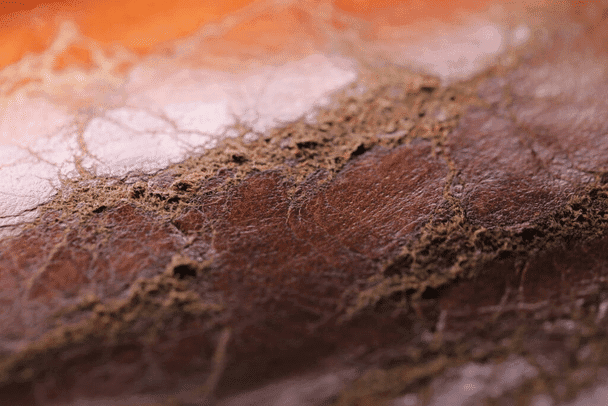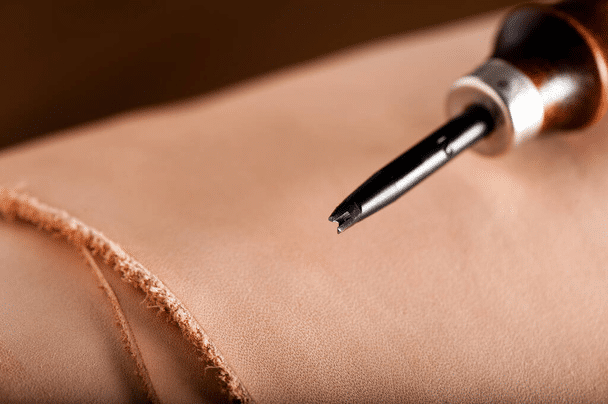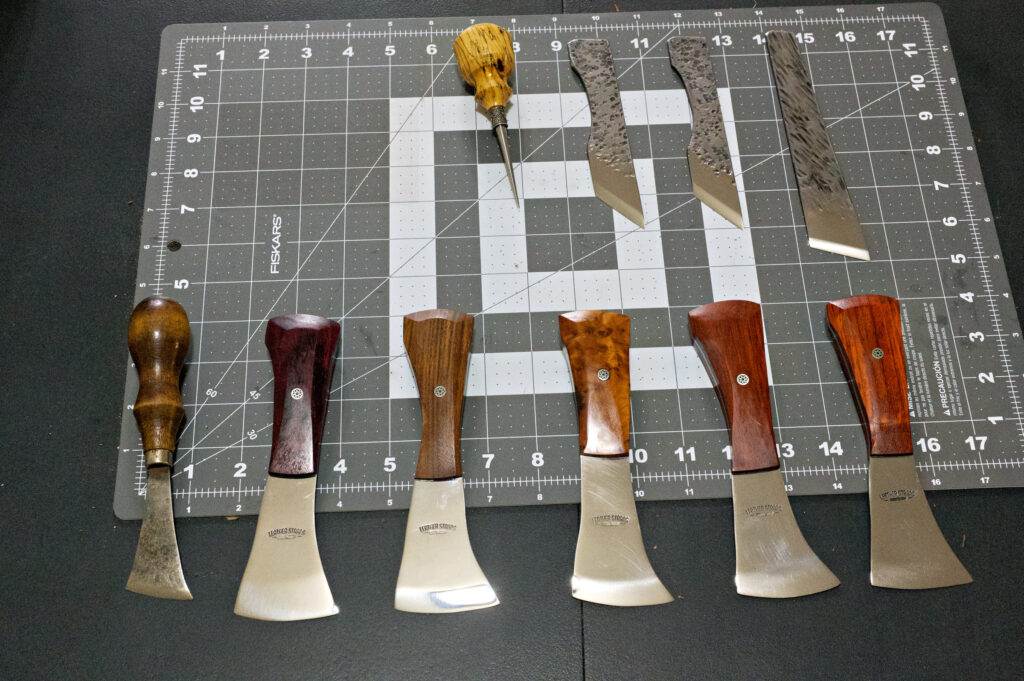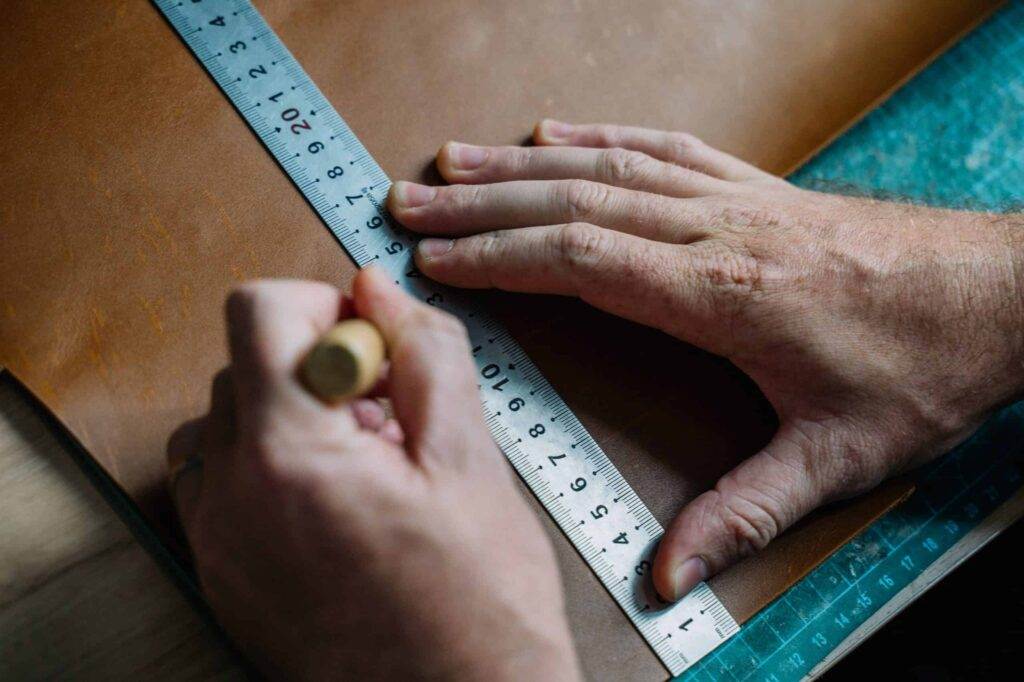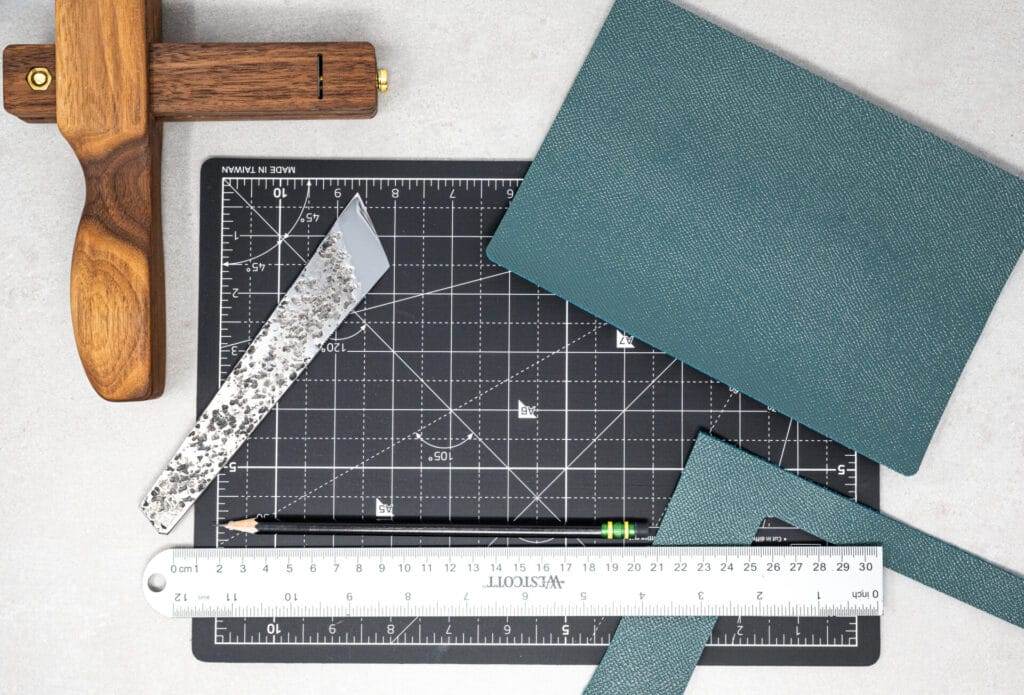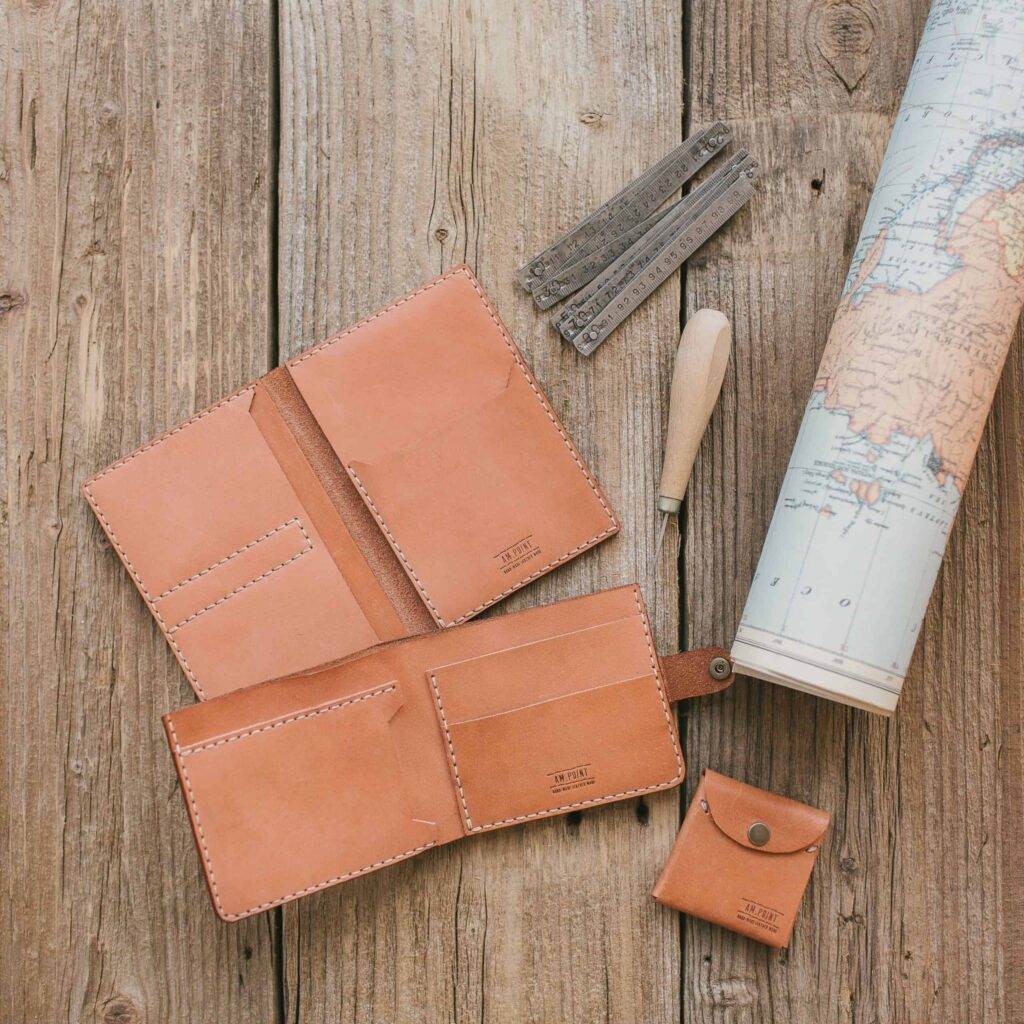Leather Aging and Patina Development in Leathercraft
Leather aging is a fascinating process that transforms the material over time, enhancing its character and appeal. As leather ages, it develops a unique patina, which is a natural sheen that forms on the surface due to exposure to elements such as air, light, and moisture. This transformation is not merely cosmetic; it reflects the history of the leather, telling a story of its use and the environment it has encountered.
The aging process can vary significantly depending on the type of leather, its treatment, and how it is cared for throughout its life. The journey of leather aging begins the moment it is crafted into a product. Freshly tanned leather has a distinct appearance and feel, but as it interacts with oils from the skin, dirt, and environmental factors, it begins to change.
This evolution can take months or even years, resulting in a rich depth of color and texture that new leather simply cannot replicate. Understanding this process is essential for anyone who appreciates leather goods, as it allows for a deeper appreciation of the craftsmanship involved and the beauty that emerges over time.
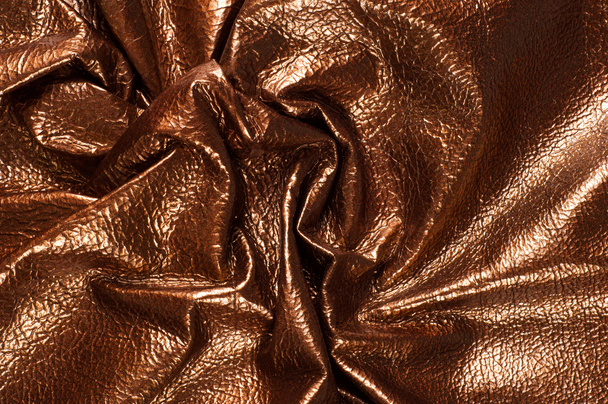
Key Takeaways
- Leather aging is a natural process that enhances the character and beauty of the material over time.
- Factors such as exposure to sunlight, moisture, and oils from the skin can affect the development of patina on leather.
- Techniques like using leather conditioners, oils, and waxes can accelerate the patina development on leather.
- Caring for aged leather involves regular cleaning, conditioning, and protecting it from harsh elements.
- Preserving the original look of leather can be achieved by using protective coatings and storing it properly when not in use.
Factors Affecting Patina Development
Several factors influence how quickly and prominently patina develops on leather. One of the most significant is the type of leather itself. Full-grain leather, for instance, tends to develop a more pronounced patina compared to corrected-grain leather due to its natural surface and lack of heavy processing.
The inherent qualities of the hide, including its thickness and grain structure, play a crucial role in how it ages. Additionally, the dyeing process can affect patina development; natural dyes often yield more dynamic aging patterns than synthetic ones. Environmental conditions also play a pivotal role in patina formation.
Exposure to sunlight can accelerate the fading of color while simultaneously enhancing the richness of the leather’s surface. Humidity levels can affect how moisture interacts with the leather, influencing both its flexibility and appearance. Regular handling of leather items introduces oils from the skin, which can further contribute to the development of patina.
Understanding these factors allows leather enthusiasts to anticipate how their items will evolve over time and to appreciate the unique characteristics that emerge.
Techniques for Accelerating Patina Development
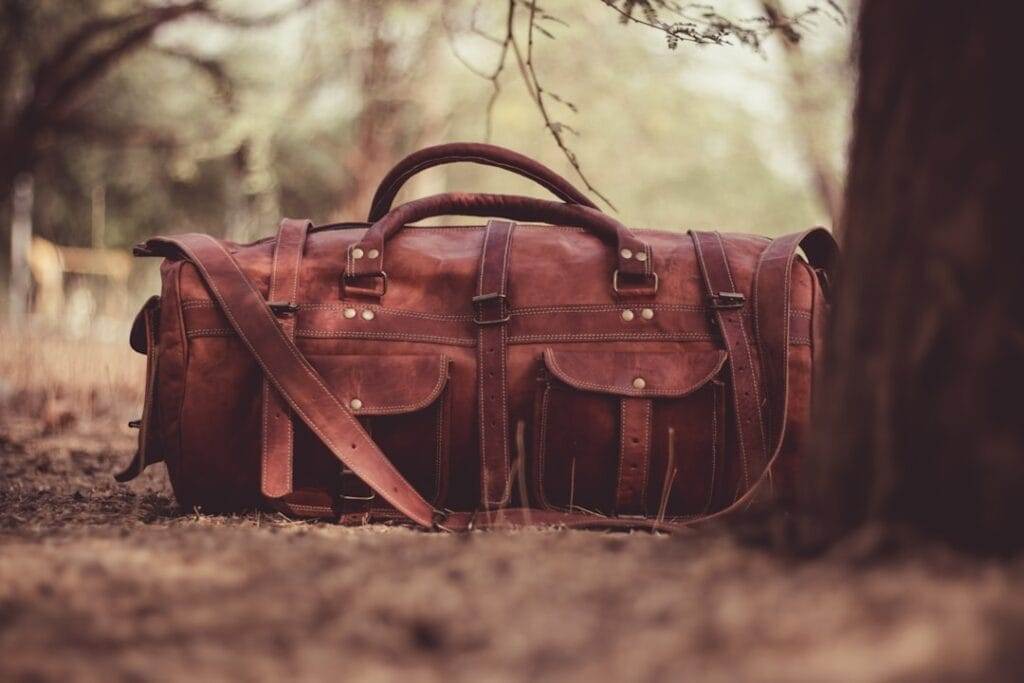
For those eager to see their leather items develop a rich patina more quickly, several techniques can be employed. One effective method is to increase the frequency of use. The more a leather item is handled or worn, the more it will absorb oils and moisture from the skin, leading to faster patina development.
For example, wearing a leather jacket regularly or using a leather bag daily can significantly enhance its aging process. Another technique involves exposing the leather to controlled environmental conditions. For instance, placing leather items in areas with moderate sunlight can help accelerate color changes while maintaining an even tone.
However, caution is necessary; too much direct sunlight can lead to drying and cracking. Additionally, applying natural oils or conditioners can nourish the leather and promote a more vibrant patina. These products help maintain flexibility while encouraging the natural aging process, allowing users to enjoy the evolving beauty of their leather goods.
Caring for Aged Leather
Caring for aged leather is essential to ensure its longevity while allowing it to develop its unique character. Regular cleaning is crucial; dust and dirt can accumulate on the surface, potentially leading to deterioration over time. Using a soft cloth or brush to gently remove debris helps maintain the leather’s appearance without causing damage.
It’s important to avoid harsh chemicals or excessive moisture during cleaning, as these can strip away natural oils and lead to dryness. Conditioning aged leather is another vital aspect of care. Applying a high-quality leather conditioner helps replenish lost oils and keeps the material supple.
This practice not only enhances the appearance but also protects against cracking and other forms of wear. It’s advisable to condition aged leather periodically, especially if it shows signs of dryness or if it has been exposed to harsh conditions. By taking these steps, owners can ensure that their aged leather continues to tell its story while remaining functional and beautiful.
Preserving the Original Look of Leather
While many appreciate the beauty of aged leather, some may prefer to preserve its original look for various reasons. To maintain the fresh appearance of leather items, proper storage is essential. Keeping them in a cool, dry place away from direct sunlight helps prevent fading and drying out.
Using dust bags or boxes can also protect against dust accumulation and potential scratches. Regular cleaning is equally important for preserving the original look of leather. Gentle cleaning methods should be employed to avoid damaging the surface finish.
Additionally, avoiding excessive exposure to moisture is crucial; water can cause stains or lead to mold growth if not addressed promptly. By following these preservation techniques, individuals can enjoy their leather items in their original state while still appreciating their craftsmanship.
Embracing Natural Patina
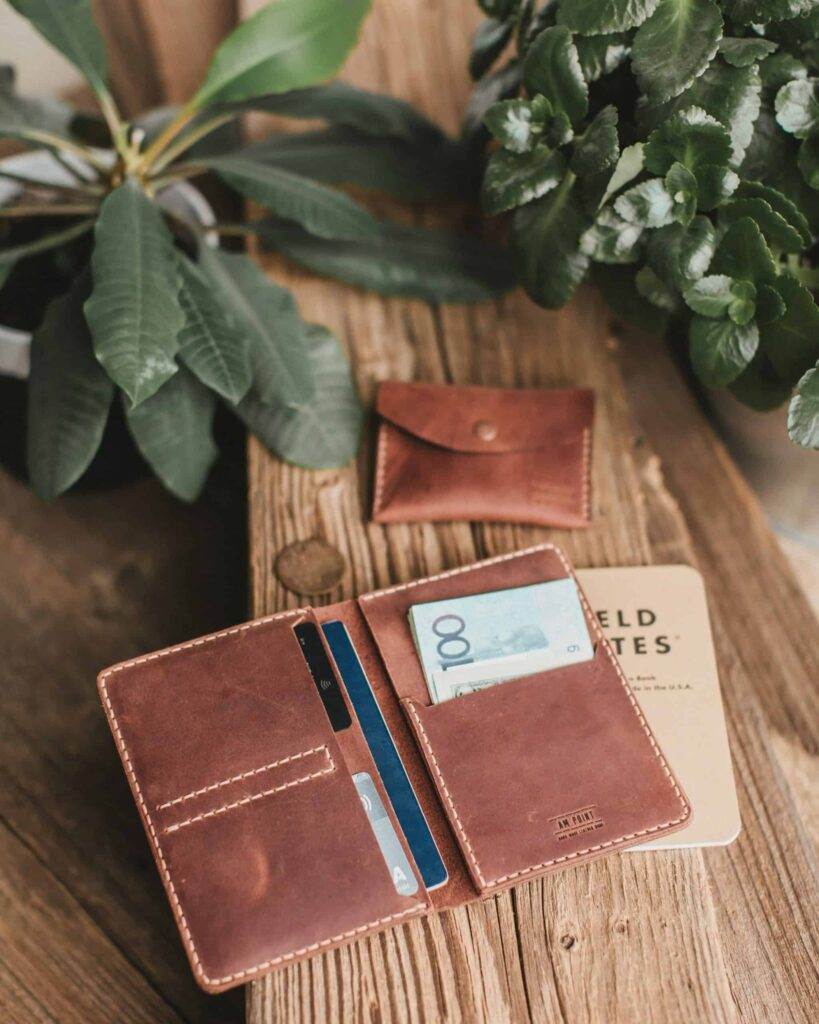
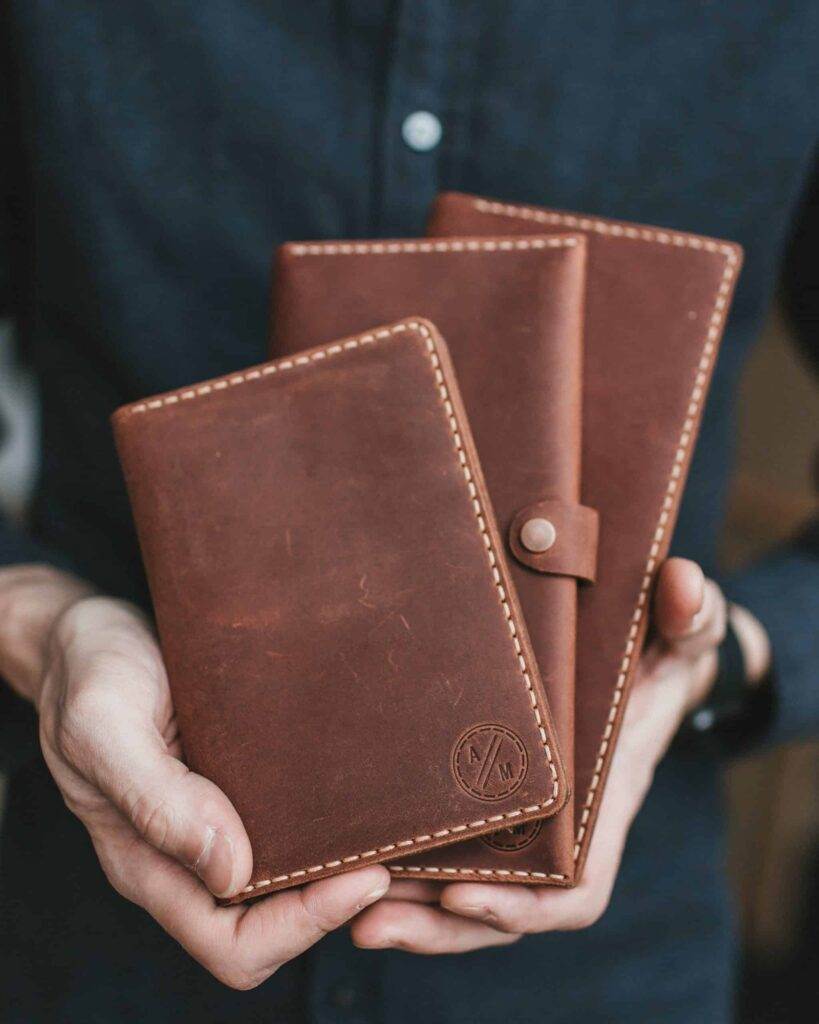
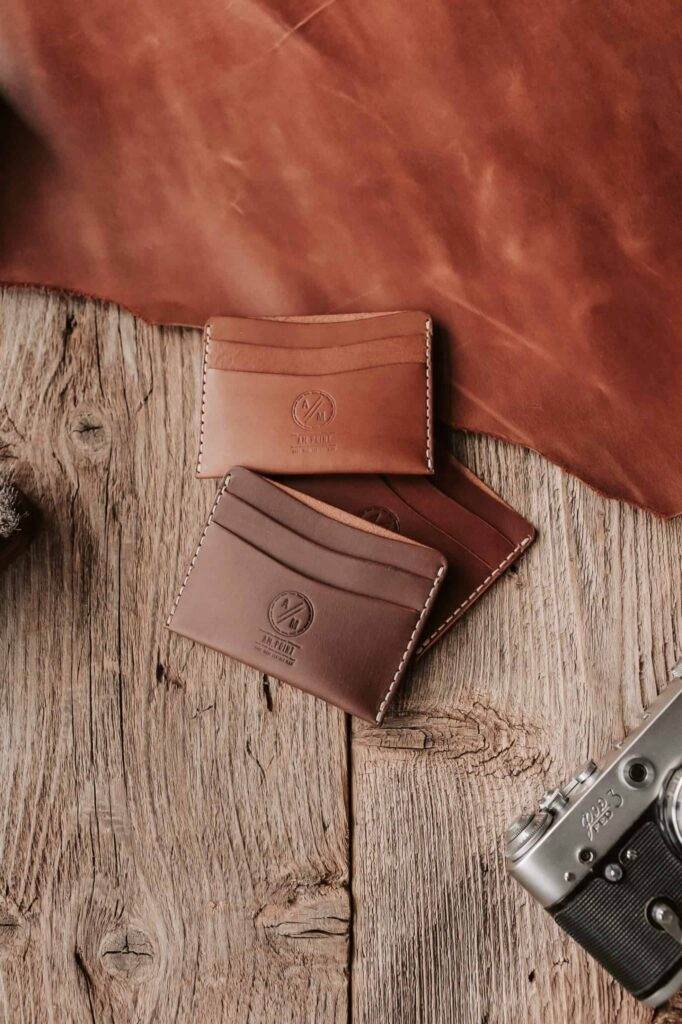
Embracing natural patina is about celebrating the unique journey that each piece of leather undergoes over time. Rather than viewing wear and tear as damage, many enthusiasts see it as an integral part of the item’s story. Each scratch, mark, or change in color adds character and individuality that cannot be replicated in new products.
This perspective fosters a deeper connection between the owner and their leather goods. Moreover, natural patina often enhances the aesthetic appeal of leather items. The rich tones and textures that develop over time create a visual depth that new leather lacks.
This organic transformation invites admiration and appreciation from others who recognize the beauty in imperfection. By embracing natural patina, individuals not only honor their leather goods but also contribute to a culture that values craftsmanship and authenticity.
Incorporating Patina into Leathercraft Design
Incorporating patina into leathercraft design opens up exciting possibilities for artisans and designers alike. Understanding how different leathers age allows creators to intentionally select materials that will develop desirable characteristics over time. For instance, choosing full-grain leather for a handbag ensures that it will develop a rich patina that enhances its beauty with use.
Designers can also experiment with techniques that encourage specific aging patterns. For example, they might use contrasting colors or textures in their designs to highlight how different areas will age differently over time. This approach not only adds visual interest but also creates a dynamic relationship between the design and its eventual transformation.
By thoughtfully considering patina in their work, artisans can create pieces that are not only functional but also tell a story through their evolving appearance.
The Beauty of Aged Leather
The beauty of aged leather lies in its ability to evoke nostalgia and appreciation for craftsmanship. Each piece carries with it a history that reflects not only its use but also the care it has received over time. The rich colors and textures that develop create an aesthetic that resonates with many people, making aged leather highly sought after in various applications—from fashion accessories to furniture.
Moreover, aged leather often embodies a sense of authenticity that resonates in today’s fast-paced world filled with mass-produced items. The uniqueness of each piece fosters a connection between the owner and their belongings, creating an emotional bond that transcends mere functionality. As such, aged leather is celebrated not just for its practical uses but also for its ability to tell stories and evoke memories through its beautiful transformation over time.
In conclusion, understanding leather aging and embracing its natural patina offers a deeper appreciation for this timeless material. Whether one seeks to accelerate patina development or preserve original looks, caring for aged leather ensures its longevity while celebrating its unique journey. Incorporating these principles into design further enhances the beauty of aged leather, making it an enduring favorite among artisans and enthusiasts alike.
FAQs
What is leather aging?
Leather aging refers to the natural process of leather developing a patina and changing in appearance over time due to exposure to elements such as sunlight, moisture, and oils from the skin.
What is patina development in leathercraft?
Patina development in leathercraft refers to the unique and desirable sheen or luster that develops on leather over time, giving it a rich and aged appearance. This is often considered a sign of high-quality leather and skilled craftsmanship.
What factors contribute to leather aging and patina development?
Factors that contribute to leather aging and patina development include exposure to sunlight, oils from the skin, moisture, and general wear and tear. These elements cause the leather to darken, develop a sheen, and acquire a unique character over time.
How can leather aging and patina development be accelerated?
Leather aging and patina development can be accelerated by exposing the leather to sunlight, regularly conditioning it with leather oils or balms, and using the leather frequently to encourage natural wear and tear.
How can leather aging and patina development be maintained?
To maintain leather aging and patina development, it is important to regularly clean and condition the leather to keep it supple and prevent it from drying out. Additionally, storing leather items away from direct sunlight and extreme temperatures can help preserve their patina.

